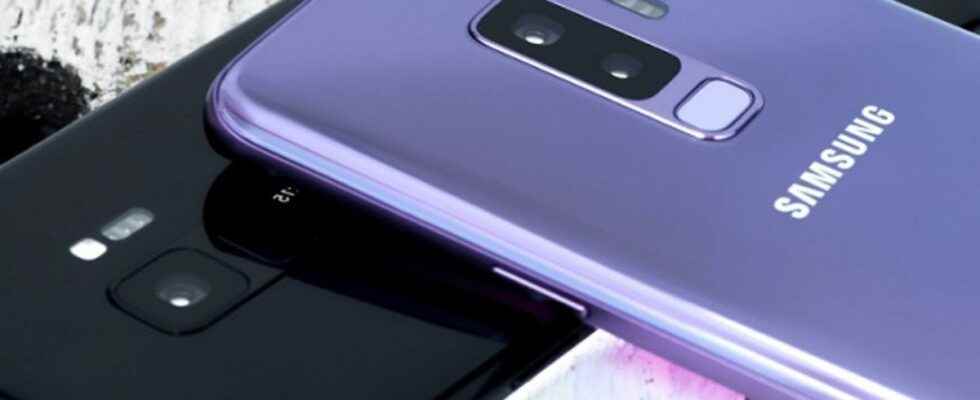Samsung on Thursday announced a comprehensive environmental strategy aimed at achieving net zero carbon emissions by 2050.
The company’s Device Experience (DX) division, its consumer electronics division that makes smartphones, TVs and other gadgets, will strive to achieve this goal by 2030. Ultimately, Samsung said it aims to achieve zero carbon emissions across all of its global operations, including its Device Solutions (DS) division, the company’s semiconductor division that makes computer chips, by 2050 .
By achieving carbon neutrality from direct and indirect sources, Samsung aims to reduce its carbon dioxide equivalent emissions by 17 million tonnes, the amount it emitted in 2021.
The South Korean tech giant says it will spend 7 trillion won on its environmental initiatives, excluding the cost of expanding the use of renewable energy, by 2030. Some of these initiatives include the reduction of process gas emissions, water conservation, electronic waste collection and reduction of pollutants, the company said.
Samsung joins the RE100 collective
Samsung will introduce processing facilities to its semiconductor manufacturing lines, or fabs, by 2030 to significantly reduce process gases. Water withdrawal levels from fabs in 2030 will also be maintained at 2021 levels, Samsung says. The chip division will also apply new technologies that remove pollutants from air and water during production and treat them before they are released so that they have no impact on the environment from of 2040.
Meanwhile, the South Korean tech giant also announced that it has joined RE100, a global initiative to produce 100% renewable energy. As part of this commitment, within five years, it will meet the electric power needs of all markets it operates outside of Korea with renewable sources by entering into power purchase agreements, purchasing energy certificates and participating in green pricing programs.
Samsung has set specific target dates for each region in its plan: 2022 for Southwest Asia and Vietnam, 2025 for Central and Latin America, and 2027 for Southeast Asia, Africa and the Commonwealth of Independent States.
The company has already matched electricity consumption with renewables in the United States, China and Europe, and will seek to expand power purchase agreements for renewables in these three markets, Samsung said.
Products that consume less
The South Korean tech giant said it also plans to make its products more energy efficient and use less electricity. It plans to reduce power consumption levels by an average of 30% in 2030 compared to 2019 in the main products of seven categories: smartphones, refrigerators, washing machines, televisions, monitors and PCs.
It is also currently developing new ultra-low-power memory chips that will significantly reduce power consumption levels in data centers and mobile devices by 2025 compared to memory chips currently on the market.
Samsung will also set medium and long-term reduction targets for its value chain for its products. The company said it will also increase its efforts to improve the resource circularity of its products throughout their life cycle, from raw material sourcing to recycling and disposal.
New circular economy laboratory
It has created a new lab called the Circular Economy Lab, a unit that will conduct research on technologies related to recycling and resource extraction. Another research lab, within Samsung’s advanced research unit, Samsung Advanced Institute of Technology, called Carbon Capture Research Institute, established last September, will develop carbon capture and utilization technologies for industrial sites. of semiconductors in order to transform the stored carbon into usual resources. These technologies will be applied from 2030.
Similarly, a system that will facilitate the reuse of minerals extracted from collected used batteries will be in place by 2030, Samsung said. Also by 2030, 50% of the plastics used in its products will incorporate recycled resin, while by 2050, 100% of its plastics will incorporate it. Samsung already has such a program in place for its cellphones that reuse discarded fishing nets.
In terms of liability, Samsung will have the designated organizations audited by works councils that will include third-party experts. A board chaired by the CEO and a sustainability committee made up of outside directors will monitor the progress of the goals.
Source: ZDNet.com
